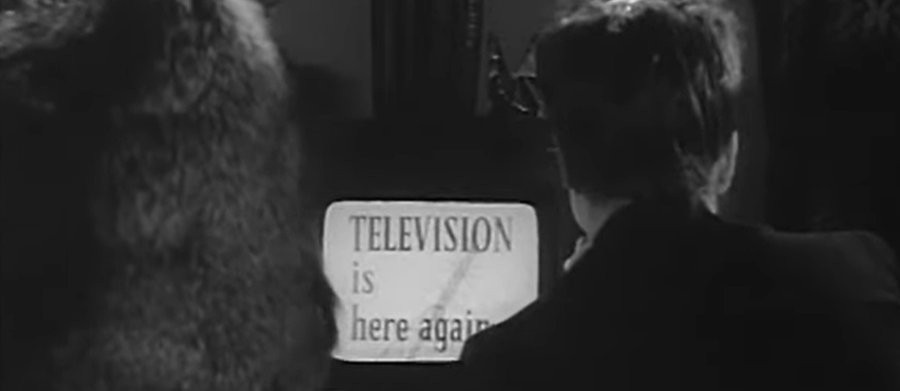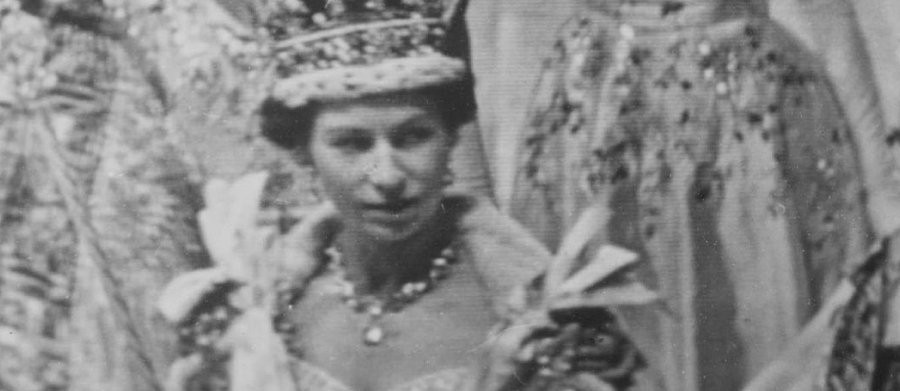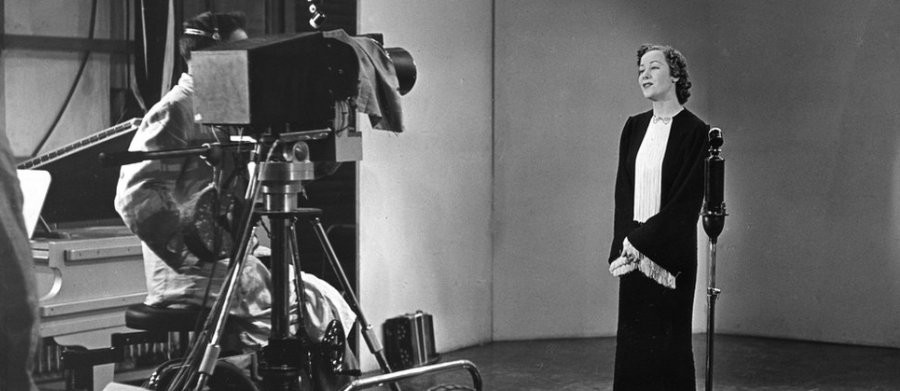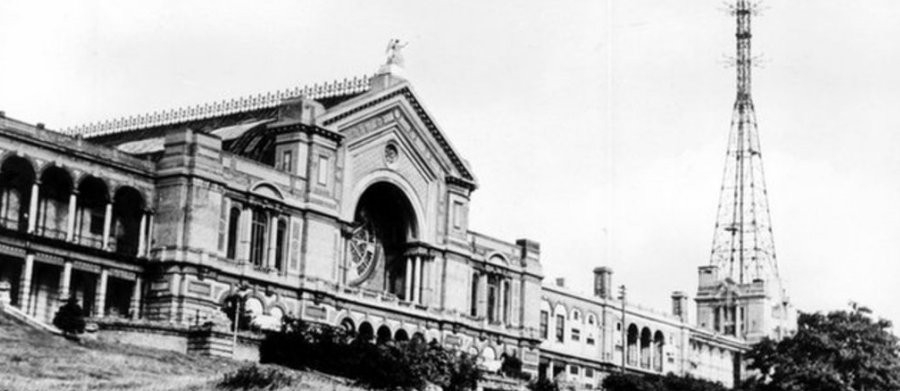
History of the BBC: Ally Pally's Secret War?
On 1 September 1939 when the BBC ceased television broadcasting it was explained that it was feared that the German air force would use the transmission signals from the aerial of Alexandra Palace as a navigational aid. As a result, television was too dangerous a luxury for wartime. It was a reason that was readily accepted by the British public and also, one would hope, by the enemy. In fact, the aerial was to be used for transmitting signals of an entirely different kind.
During the early stages of WWII, both the RAF and the German Luftwaffe were working furiously to overcome the difficulty of accurate night time navigation over blacked-out enemy territory. However, the German's stole a march on Britain by developing a novel long range radio system based on a previously shorter technique known as the Lorenz blind landing approach, which they already had in use before the war.
Most German bombers were equipped with Lorenz receivers and antennas which were used to assist in night and bad weather landings. The system operated on a radio frequency of around 30 MHz. In order to extend the range over the hundreds of miles needed to carry out accurate bombing raids a huge beam antenna with a high power transmitter was needed. The Lorenz radio receiver onboard the fighters were modified to increase their sensitivity. Developed by the Telefunken Company, the Germans gave it the codename "Knickebein".
The first Knickebein antennas were erected in Germany at Kleve, near the Dutch border and at Stollberg just South of the Danish border. But with the fall of France, beam stations were also set up much closer to Britain on the Cherbourg peninsular.
Thanks to early enigma decrypts from the code breakers at Bletchley Park, British Technical Intelligence had already received clues that a radio based navigation system was being used to guide the Luftwaffe bombing raids over central Britain. The claims of intricate German radar systems were suspected to be true but unproven until a British science advisor to MI6, Reginald Victor Jones, gathered evidence of their existence and set out to actively look for any information that might reveal the progress made by German scientists. Captured Luftwaffe aircrew and analysis of the electrical equipment found in crashed German bombers helped him to put the pieces together.

The breakthrough came when a crashed Heinkel was recovered revealing a Lorenz receiver that had been adapted with a high sensitivity add-on. Jones then convinced the High Command of the menace and special reconnaissance flights were quickly organised to hunt for beams with a Lorenz signature. One was quickly located with, not just one, but two Lorenz type beams intersecting over Derby-home of Rolls Royce Aero Engines. With the existence of the beams confirmed steps were immediately taken to find a way of neutralising them. A small team, under the direction of a young physicist, Dr Robert Cockburn, was put together in order to devise the necessary jamming equipment.
But in the meantime, the Germans were moving ahead themselves with refining their own equipment and developed a system which used 3 director beams. The added advantage of this was that the third beam acted as a semi-automated bomb release giving a signal at precisely the right moment for the aircraft to release its bombs. This meant the German's were able to carry out night time raids with devastating accuracy.
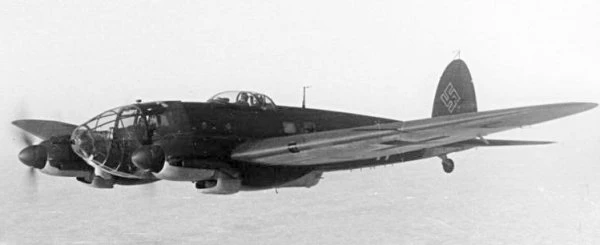
In November 1940, British radio listening stations began to pick up unusual signals from German bombers. As luck would have it, the frequencies used were within those covered by the Alexandra Palace transmitter.
Engineers were bought in to reactivate the transmitter and the signal broadcast from the aircraft was picked up at AP which then re-transmitted the signals back to the beam station (on the same frequency) causing an error in the range estimations. The Alexandra Palace transmissions were sent on the bomber's receiving frequency causing the bomber to immediately re-transpond the signal back, which would be picked up by the beam station and again by the ground based receiver, resulting in a further signal being transmitted by AP and so on and so on. The result was a string of unsolicited returns to the beam station in addition to an occasional "wanted signal". This jamming system was code named "Domino" and first became active in February 1941. On the first few nights the AP transmitter was used at low power simply to confuse the Germans - who assumed that their equipment was faulty. Later, the strength of the signal was increased, and it howled round like a badly set PA system - rendering the German system useless.
Then on 3 May 1941, three German aircraft equipped with a somewhat more refined system were shot down. The transmitter units were salvaged and sent to Farnborough for analysis. The details of the beam steering system were discovered. This opened up a second jamming opportunity, as it was found that simply by transmitting a continuous modulating tone on the beam frequency, the automatic analyser on board the aircraft lost synchronisation and gave completely arbitrary steering instructions. Jammers using this technique were quickly produced and by the middle of that month the German bombers discovered that the skies over Britain had become a much more hostile place for them. A short while later, the bombing abruptly stopped. The Battle of Britain was won and Hitler turned his attention towards Russia.

However, the story of Alexandra Palace's hidden War years doesn't quite end there. A few years ago I received an email from Simon Vaughan, the archivist of the Alexandra Palace Television Society. Simon had previously gone to see a former (long retired) BBC engineer called W C (Paff) Pafford. When Simon went to visit him, Paff was in his early 90s. Paff was an engineer at AP in the early days of transmissions and, when Simon visited his home, in his bedroom, next to the wardrobe, was the very first BBC Television Tuning Signal - designed and drawn by Paff and used in the pre-war era. Paff was in the studio on the first day of programmes to RadiOlympia in August 1936.
Simon wrote: "Paff is the only man who can unravel a television mystery from the war years. In my earlier e-mail I mentioned that we hold over 1,200 photographs taken by Desmond Campbell. One packet of the photographs is dated August 1943 and shows a television demonstration in Studio A at Alexandra Palace. The two engineers featured in several of the photographs are identified by their surnames on the packet, so too is the female and child also featured. These also turn out to be the wife and daughter of one of the engineers. Mary Allen the make-up expert is also featured, along with Douglas Birkinshaw, and Desmond Campbell himself! But the key person in all this is Paff Pafford - he is featured at a black-board with Douglas Birkinshaw. When I saw Paff I asked him about this incident during the war. He got extremely upset, started shaking, saying "I can't tell you, I can't tell you - I signed the official secrets act", and had tears in his eyes! Obviously, there was no way I was going to pursue this line with him, changed the subject and soon had him calm again. Just as I was leaving he touched me on the arm and with his other hand tapped the side of his nose and said "many secret things happened during the war"! And that is where the story ends . . . how frustrating!
"There are no records of any television display being undertaken in either the BBC Written Archive Centre or Public Records Office. I asked Neil Campbell, who gave APTS his father's memorabilia. He can remember his father being given the petrol coupons to be able to drive the family car down from Daventry (where he was stationed during the war), to Alexandra Palace for a special meeting - either with the King or Winston Churchill! Neil remembers this clearly as his father had a car accident on his way back to Daventry, so can tie it in to a specific event. But, he can't remember exactly when during the war this incident took place. However, I have the photographs to prove a demonstration took place, even that the studio equipment was fired-up and working as there are photographs taken off the studio and/or gallery monitors."
It would appear that there is still a mystery to unravel...
Related Articles: - The First Television Era - Back After the War - The 1953 Coronation
This article was first published on Television Heaven's companion site Teletronic. A much fuller account of the BBC's early days as well as a comprehensive history of television can be found here.
Published on January 4th, 2020. Written by Laurence Marcus - with help from Simon Vaughan at APTS for Television Heaven.


